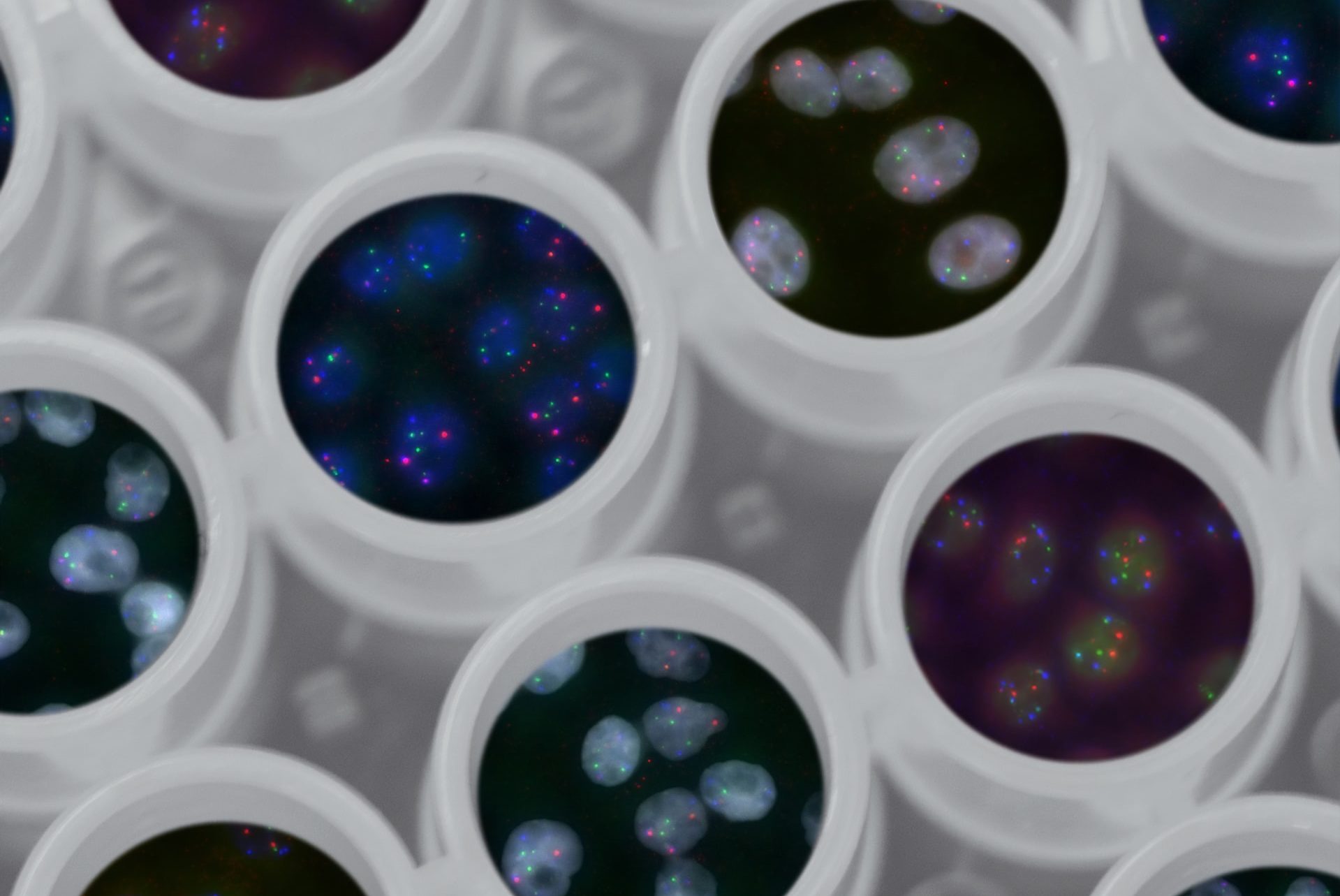4/25/2022
In 2018, the world was shocked by news that He Jiankui, a genetics researcher, had used CRISPR-Cas9 to edit the CCR5 gene in three embryos. As these children are now toddlers, questions arise as to how best to care for and protect them.
As the first confirmed children to be born after genetic modification, much is left to the unknown. Do they have errors in their genome as a result of the editing process? Will their genomes change as they age? Will their genetic changes be passed on to their children? These questions and more are proposed by Qui Renzong and Lei Ruipeng, two prominent bioethicists, in a recent document, which also calls on the government to provide a research center for these children.
While this document clearly addresses the physical well-being of the children, it fails to address the resulting mental struggles. Excessive testing and monitoring could be psychologically taxing on the children. Without clear-cut rules, researchers could abuse their power to perform unnecessary tests under the guise of attending to the children’s health. Not to mention, the immense social stigma the children may face in the public eye.
This argument has been compared to the story of Louise Brown, the first person to be born through in vitro fertilization. Although she is living a normal and healthy life now, she was subject to a litany of tests which made it hard to feel normal. She was simultaneously the poster child for all of the stigma of in vitro fertilization. While decades later this stigma has subsided, it still raises concerns about how the CRISPR children would be treated.
Finally, the financial burden of testing and treatment for the children needs to be considered. Should the cost fall on the parents, who voluntarily chose this route, He Jiankui and the Southern University of Science and Technology, who enabled this treatment, or the government? Arguments can be made for any of the three, however clear expectations need to be established such that none of the future cost falls to the children themselves.
Beyond these concerns, at some point in the future the children should have the agency and ability to choose their path. Although in the meantime they are at the mercy of others, their bodily autonomy is of major importance for their adult lives. Consequently, it is the responsibility of those making the decisions now to steer clear of causing any irreparable harm.
While this is a niche case, it is important for all scientists and engineers to be conscious of the responsibility they bear as a result of their work. Of course, there is a ‘statute of limitations’ of how far one’s work can be extrapolated such that it is still their responsibility, but any scientist or engineer should carefully consider the benefits and detriments of their work, and maintain ethical standards beyond just the pursuit of progress.

